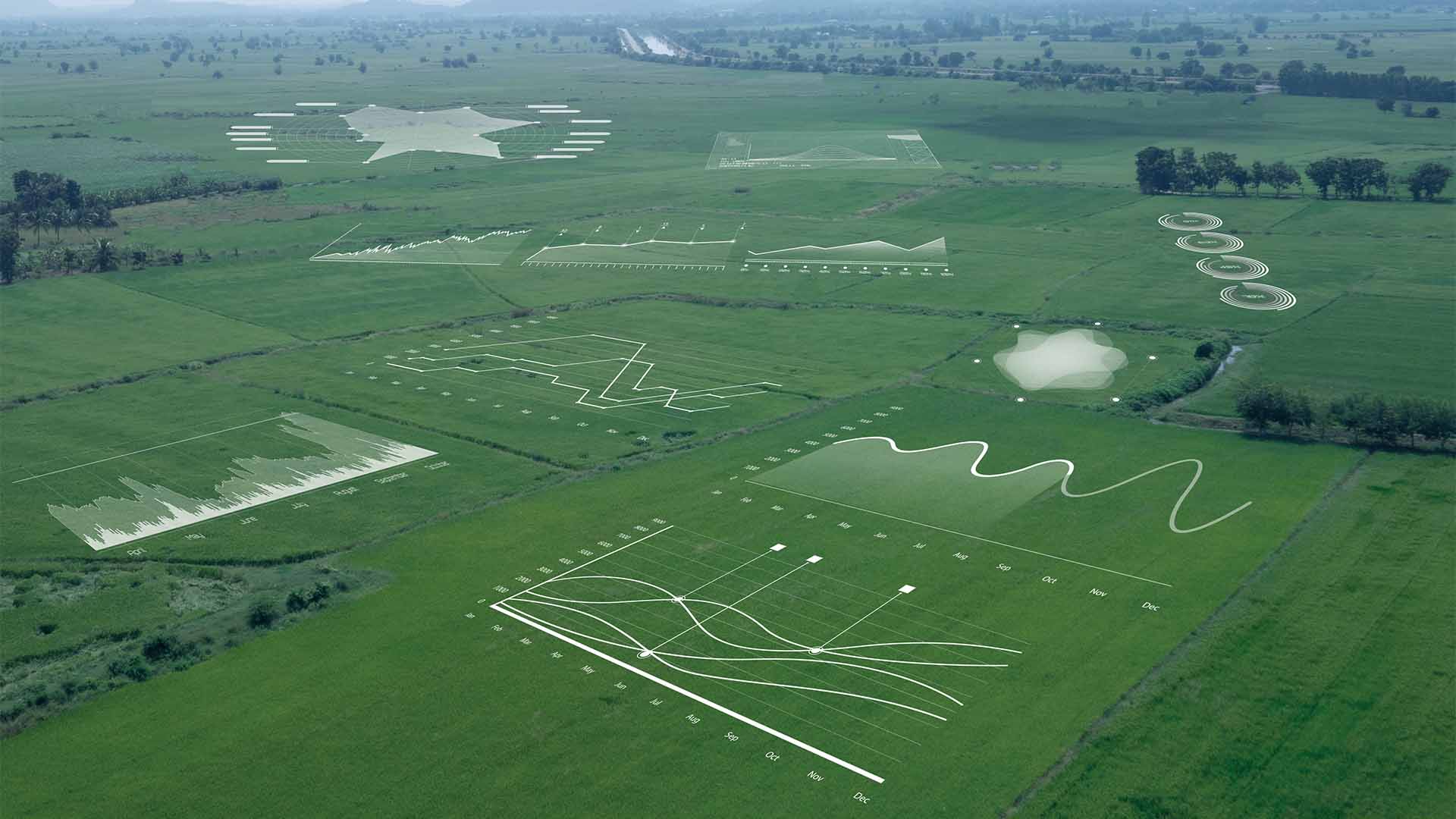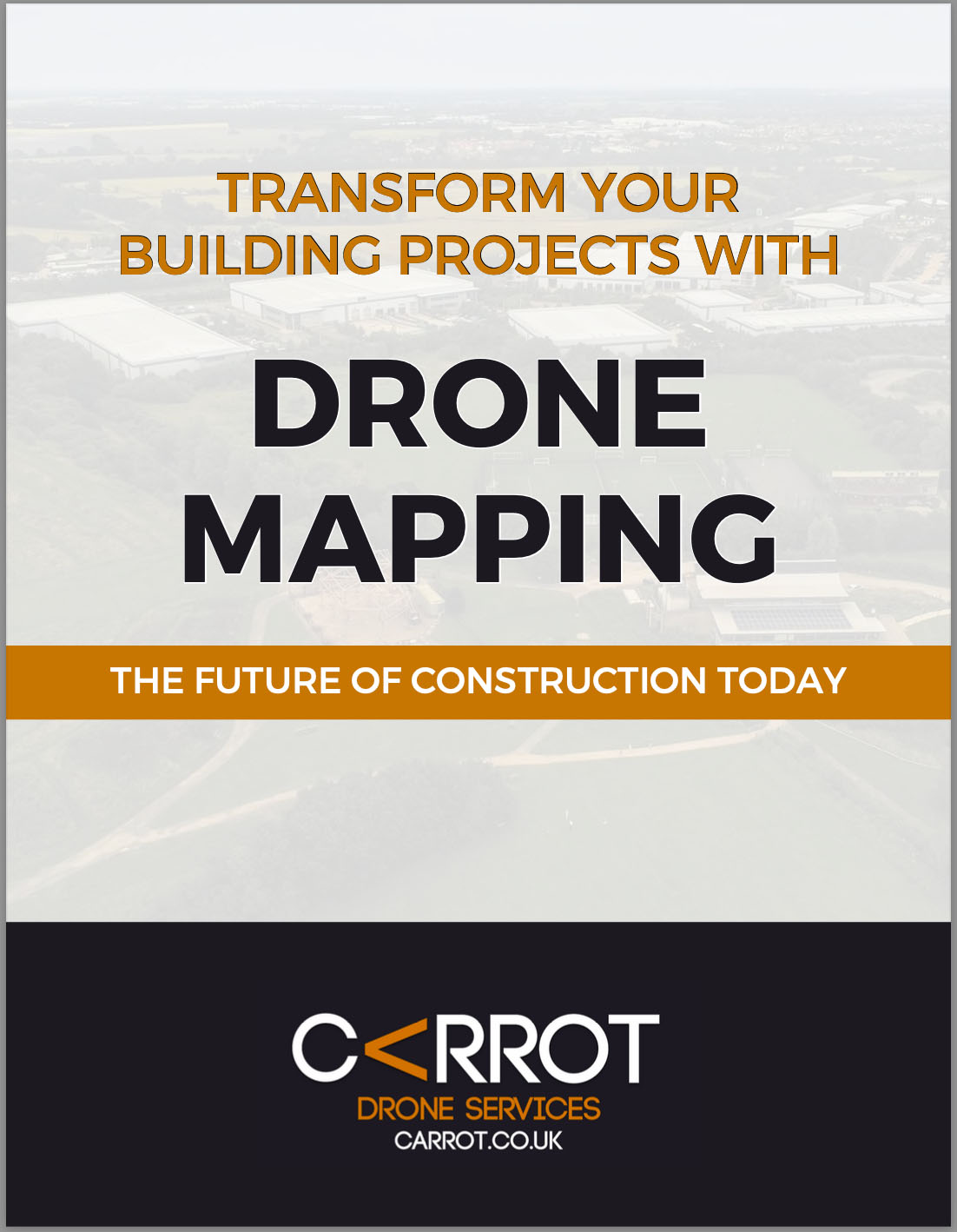Read Time 5 mins
27/04/2023

Drone flying has come a long way from just being a recreational hobby. With the advancement of technology, drone flying has evolved into a valuable data collection tool. In this blog post, we will explore the importance of data collection in drone flying and how it plays a crucial role in various industries' success.
Drones have found applications in a wide range of industries, such as agriculture, surveillance, environmental monitoring, and more. The key to their effectiveness lies not just in their ability to fly, but also in the data they collect. As we delve deeper into this topic, we will discover that drone flying is truly about providing valuable data that can drive innovation and solve real-world problems.
Understanding the Role of Data in Drone Flying
Traditional drone flying often focuses on recreational activities such as aerial photography, videography, or simply the thrill of piloting a drone. However, flying drones for data collection purposes is a different story altogether. In this case, drones are equipped with advanced sensors and cameras to capture valuable information that can be used for various applications across industries.
Drones can collect different types of data depending on the sensors they are equipped with. Some of the most common data types include visual data, which captures images or videos; thermal data, which measures temperature variations; and geographical data, which records the location, elevation, and other spatial information. The possibilities are vast and continue to expand as technology advances.
The data collected by drones can be invaluable to various industries. For example, in agriculture, drone data can help farmers monitor crop health, identify pests or diseases, and optimize irrigation. In the surveillance industry, drones can provide real-time images or videos for security purposes and help monitor public spaces. Additionally, environmental monitoring can benefit from drone-collected data to track wildlife, assess deforestation, or analyze the impact of natural disasters. By leveraging this data, industries can make more informed decisions and optimize their operations, ultimately leading to increased efficiency and success.
How Drones Collect and Process Data
Drones are equipped with a variety of sensors and cameras to collect different types of data. Some common sensors include high-resolution cameras for capturing images and videos, LiDAR sensors for creating 3D maps, and thermal cameras for detecting temperature variations. The specific sensors and cameras used depend on the application and the type of data required.
Onboard systems in drones process and store the collected data. These systems often include high-performance processors, storage devices, and communication modules to ensure efficient data handling. The data can then be transferred to other devices or systems for further analysis, either in real-time through wireless communication or later by physically accessing the drone's storage.
Software and algorithms play a crucial role in enhancing the data collection process and improving data accuracy. Advanced software can help drones autonomously navigate and follow predefined flight paths, ensuring that data is collected in a systematic and consistent manner. Additionally, algorithms can process the raw data to filter out noise, correct errors, and extract useful insights. This processed data is often more accurate and valuable for making informed decisions and driving industry-specific applications.
Real-World Applications of Data-Driven Drone Flying
Data-driven drone flying is making a significant impact in various industries. Here are some examples of industries and use cases where drones are proving to be invaluable:
Agriculture
- Crop monitoring: Drones equipped with multispectral sensors can help farmers monitor crop health by detecting issues like nutrient deficiencies, water stress, or diseases at an early stage.
- Pest detection: High-resolution cameras on drones can identify pest infestations, enabling targeted and efficient pest control measures.
- Yield prediction: By analyzing the collected data, drones can help predict crop yields, allowing farmers to optimize their harvest strategies and supply chain management.
Surveillance and Security
- Monitoring public spaces: Drones can provide real-time video feeds of public spaces, aiding in crowd control, traffic management, and public safety.
- Border patrol: Drones can be used to monitor borders and detect unauthorized crossings, assisting in maintaining national security.
- Emergency response: In the event of disasters or accidents, drones can quickly assess the situation and provide vital information to first responders, improving the efficiency of rescue operations.
Environmental Monitoring
- Wildlife tracking: Drones can be used to monitor and track wildlife populations, providing valuable data for conservation efforts.
- Deforestation assessment: By capturing high-resolution images and creating 3D maps, drones can help assess deforestation and its impact on ecosystems.
- Disaster management: Drones can gather data on natural disasters, such as floods or wildfires, enabling more effective response and mitigation strategies.
Ethical Considerations and Privacy Concerns
As with any technology, the use of drones for data collection brings with it certain ethical concerns and privacy issues. The ability of drones to capture high-resolution images and videos, often from a considerable distance, raises concerns about the invasion of privacy. Furthermore, there is the potential for misuse of the collected data, such as unauthorised surveillance, stalking, or other malicious activities.
To address these concerns, it is crucial to create guidelines and regulations that ensure responsible data collection and use. Governments and regulatory bodies should establish clear rules that define acceptable practices for drone data collection, including limits on where drones can be flown and the type of data they can collect. Additionally, these guidelines should emphasize the need for transparency, accountability, and respect for individual privacy.
By fostering a culture of responsible drone use and prioritising ethical considerations, the benefits of data-driven drone flying can be realized without compromising the rights and well-being of individuals and communities.
Conclusion
In conclusion, data-driven drone flying is a transformative technology that goes beyond the mere act of flying. By focusing on the collection and analysis of valuable data, drones can drive innovation and solve real-world problems across various industries, such as agriculture, surveillance, and environmental monitoring. The key to unlocking the full potential of drones lies in understanding the importance of data and leveraging it to make informed decisions.
As we move forward, it is essential to consider the ethical and privacy concerns associated with drone data collection, and to establish guidelines and regulations that promote responsible use. By doing so, we can ensure that the benefits of data-driven drone flying are realized without compromising individual rights and societal values.
We encourage you, the reader, to think about the potential of drones in your own industry or area of interest, and to explore the ways in which data collection and analysis can lead to new opportunities and solutions. The future of drone flying is not just about the drones themselves, but about the data they provide and the insights we can gain from it.
